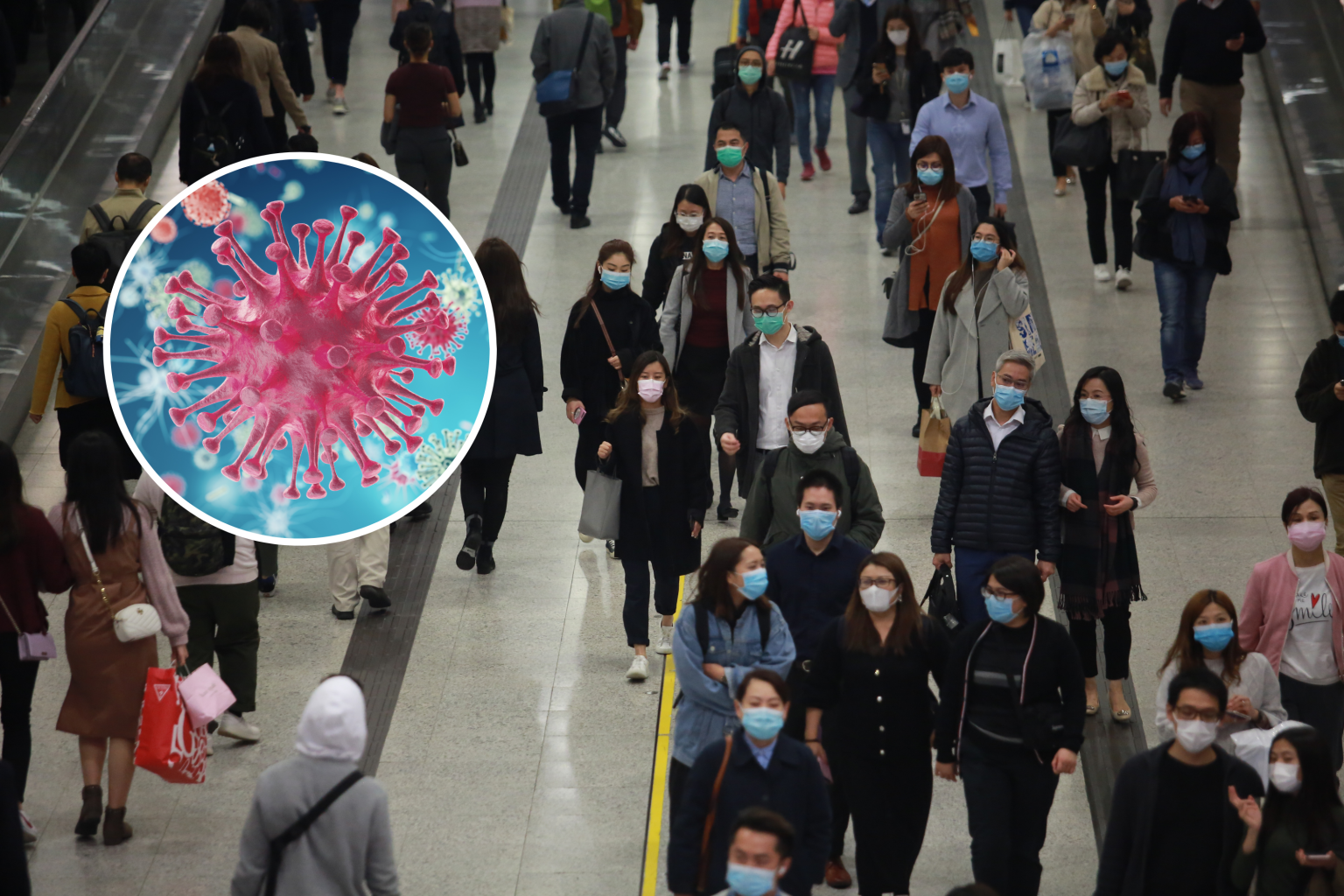The onset of 2025 has brought with it a surge in respiratory illnesses in China, sparking concerns and speculation about a potential outbreak of human metapneumovirus (HMPV). While social media buzzes with alarming pronouncements of a state of emergency and widespread viral outbreaks, official data paints a more nuanced picture. The Chinese Center for Disease Control and Prevention reports a rise in several flu-like illnesses, with influenza dominating the scene. However, HMPV’s prevalence within this broader uptick warrants attention.
HMPV, a relatively recently discovered virus belonging to the same family as the respiratory syncytial virus (RSV), manifests with flu-like symptoms. Its discovery in 2001, coupled with increased diagnostic testing, has highlighted its significant role in respiratory illnesses. While HMPV can affect individuals of all ages, vulnerable populations such as young children, the elderly, and those with compromised immune systems face heightened risks. Similar to other respiratory viruses, HMPV spreads through respiratory droplets produced by coughing and sneezing, direct physical contact, and contact with contaminated surfaces. The virus typically circulates alongside influenza and other seasonal illnesses, peaking in late winter and spring.
Current data from China indicates that while influenza leads the charge in respiratory infections, HMPV’s prevalence surpasses other common culprits like COVID-19, rhinovirus, and adenovirus. While this rise in HMPV infections justifiably raises concerns, it’s crucial to avoid sensationalism and rely on verified information from reliable sources. The circulating social media posts claiming a nationwide state of emergency and widespread hospital overloads due to a confluence of viruses, including HMPV, lack substantiation from official channels and should be treated with caution.
While HMPV presents a legitimate health concern, it’s important to remember that this virus is not novel. It already circulates globally, including in China and the United States, implying a degree of pre-existing immunity within populations. This contrasts sharply with the emergence of a completely new virus like SARS-CoV-2, which triggered the COVID-19 pandemic. The presence of some herd immunity, albeit partial, suggests a lower likelihood of HMPV causing a pandemic of similar magnitude.
The symptoms of HMPV largely mirror those of other flu-like illnesses, encompassing coughing, fever, nasal congestion, and in some cases, shortness of breath, potentially progressing to bronchitis or pneumonia. The illness duration varies depending on symptom severity but generally aligns with the typical flu timeframe. Unfortunately, due to its relatively recent discovery, no specific treatment or vaccine exists for HMPV. The recommended course of action involves managing the illness like a typical flu case, emphasizing rest and isolation to prevent further spread.
The absence of targeted treatments and vaccines underscores the importance of preventive measures. Public health recommendations, mirroring those for influenza and other respiratory viruses, include frequent handwashing, avoiding touching the face, and minimizing contact with sick individuals. For individuals experiencing flu-like symptoms, covering coughs and sneezes, frequent handwashing, refraining from sharing utensils, avoiding close contact, and staying home to recuperate are crucial steps in containing the spread. While the situation in China warrants close monitoring, it’s vital to avoid panic and rely on verified information from reputable sources to assess the actual risk and implement appropriate preventative strategies. Continued surveillance and data analysis will be crucial in determining the trajectory of HMPV prevalence and its potential impact on public health.

